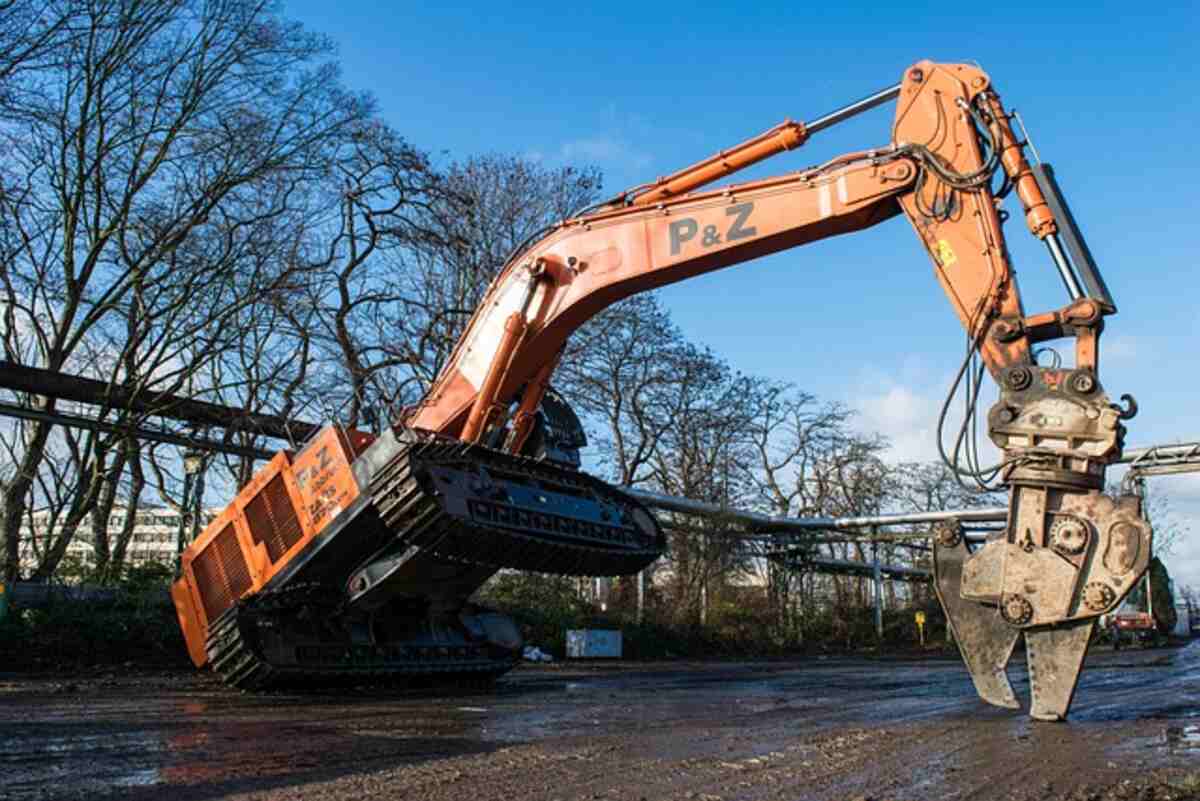Interior demolition involves more than simply tearing down walls and floors; it often includes removing hazardous materials like mold spores, asbestos fibers, and lead paint from the environment. Select the best Chula Vista Demolition.
Step one in interior demolition preparation involves shutting off power, gas, or water supplies for safety purposes and to minimize potential damages during the destruction process.
Removing Structural Elements
All structural elements that comprise a building or home must remain intact during interior demolition. This includes load-bearing walls, flooring, roofs, and ceilings, which are essential to safety and stability; therefore, it’s crucial that a contractor understands and follows procedures designed to preserve these essential features.
Professional inspectors will evaluate a structure to ascertain if it is safe for demolition. They may also identify any structural issues that must be addressed prior to commencing demolition work. This step ensures that interior demolition won’t compromise its integrity.
As part of interior demolition, asbestos abatement is also an integral step. This involves clearing away asbestos-containing materials like pipe and ceiling insulation, spray-on fireproofing products, and certain cement products containing asbestos from pipes or ceilings; experts use special tools during this phase to eliminate these harmful materials while simultaneously preserving the building interior.
Interior demolition projects can be complex yet are essential parts of any renovation project. A skilled contractor will be able to complete them efficiently while producing high-quality results with minimum debris production, recycling, or disposing of them properly when finished.
Getting the Necessary Permits
Before beginning interior demolition, you must obtain all of the required permits. This will ensure compliance with local code provisions and avoid potential trouble with the city. Furthermore, check whether any tree preservation requirements must be fulfilled as these usually need to be completed within a specific timeframe prior to commencing demolition, often during a delay period.
Before undertaking any work on a property, a professional inspection must take place. A thorough assessment can identify safety concerns such as asbestos or lead paint and structural issues that might present difficulties during demolition work. Knowing this information early can save both headaches and money in the future.
Make sure any electrical wiring that needs disconnecting before beginning to demolish a building has been done to reduce the risk of someone becoming electrocuted during demolition. Also, check every room of your building for valuable items that must be removed prior to commencing demolition—closets and cupboards included!
In most cities, filling out and submitting an intent to demolish form is required before beginning demolition work on any home or structure. Once submitted, the city will issue you a permit number or contact you when your permit has been processed.
Getting the Right Contractor
Interior demolition requires choosing a team with experience and knowledge of their trade, with plenty of contractors promising their best service out there and claiming to be among the best in their industry. When conducting your research to identify the appropriate team for your project, it’s essential to do your homework by reading reviews or visiting websites/social media accounts of each contractor that has worked on similar projects previously and speaking to friends/family who have used them can also be beneficial ways of finding out who the right contractor for the job might be.
Beyond possessing the appropriate skills, interior demolition contractors must also be licensed and insured. You should request proof of their credentials as well as references from previous clients – this will indicate the quality of their work.
Setting a budget for the demolition process can also help narrow down your options and select an experienced contractor who meets all of your needs within your price range.
Interior demolition is a common home renovation task, especially for older properties. It removes outdated materials like lead paint and asbestos, upgrades electrical and plumbing systems with more energy-efficient versions, and redesigns the layout of an area to better suit your lifestyle. However, hiring professional help for interior demolition is essential, as any mistake could cost your home or business dearly.
Safety First
Before beginning interior demolition, proper safety precautions must be taken. This includes shutting off utilities such as electricity, gas, and water to prevent accidents or damage. Furthermore, PPE, such as hard hats, dust masks, and work gloves, is recommended to protect against flying debris or hazardous materials that could potentially injure workers during demolition operations. It would also be wise to familiarize yourself with emergency procedures, including how to use fire extinguishers.
Also essential in ensuring a safe demolition environment is protecting the area in which demolition takes place. This involves closing and locking all doors and windows to restrict unauthorized entry and posting signs that inform people that demolition is underway. Furniture should also be covered using plastic sheets or drop cloths to keep dirt, debris, and dust at bay.
Finally, taking time to salvage and reuse materials such as fixtures, cabinets, and flooring can save both money and the environment. Just make sure that you contact your local authorities regarding how best to dispose of this type of waste so as not to harm wildlife in any way.


Comments are closed.